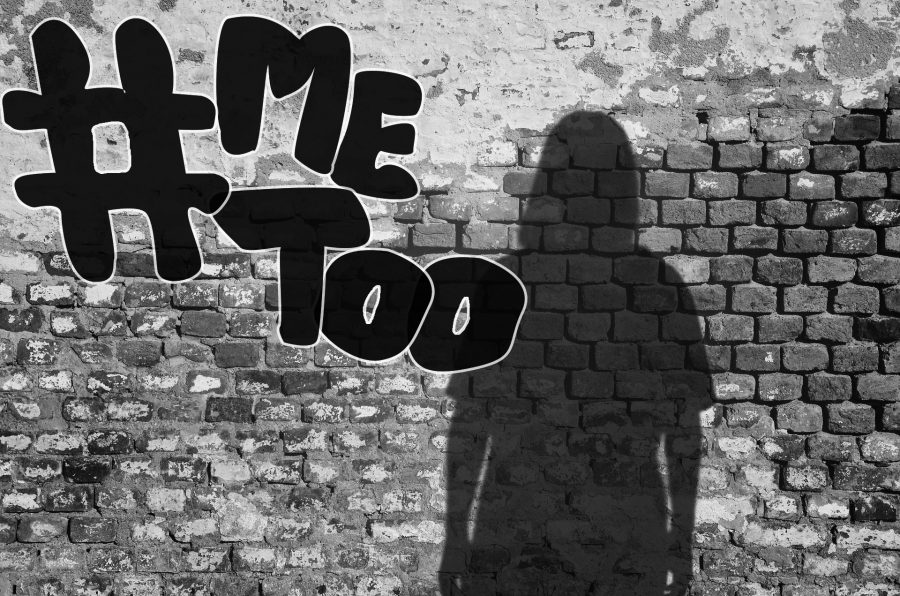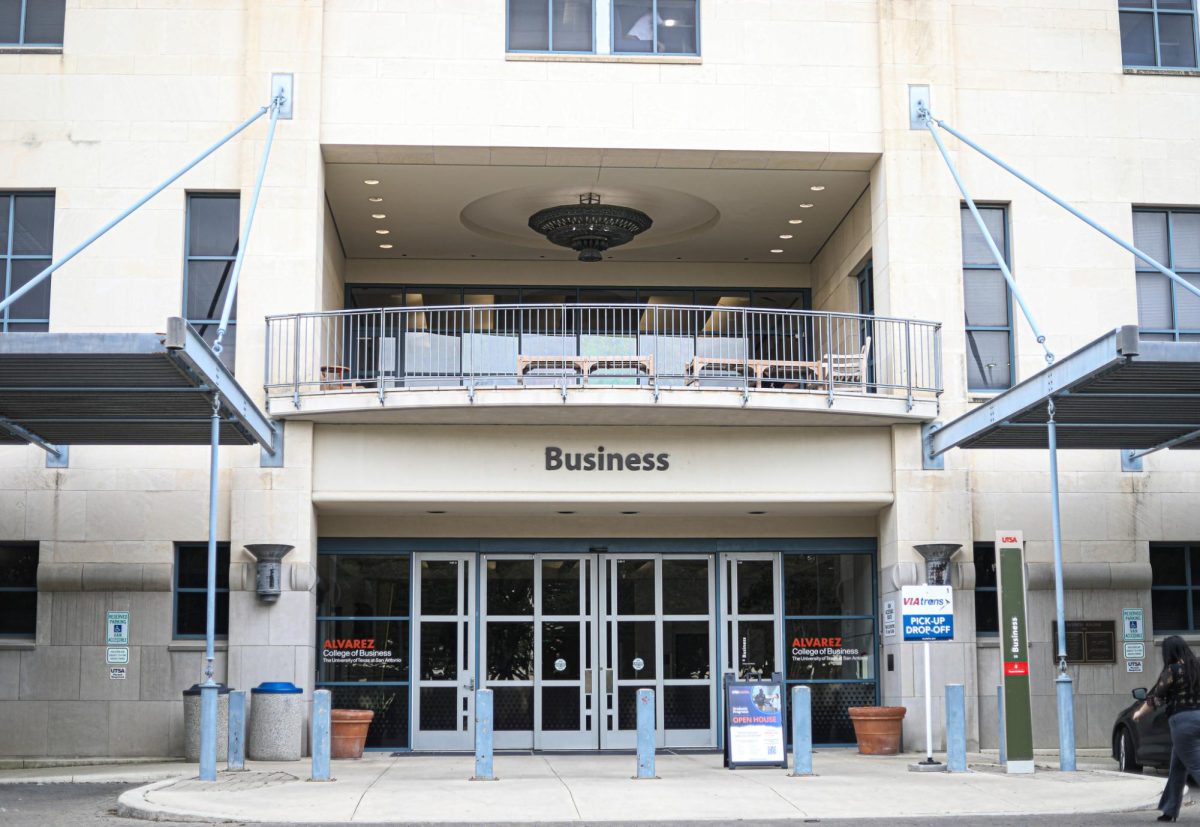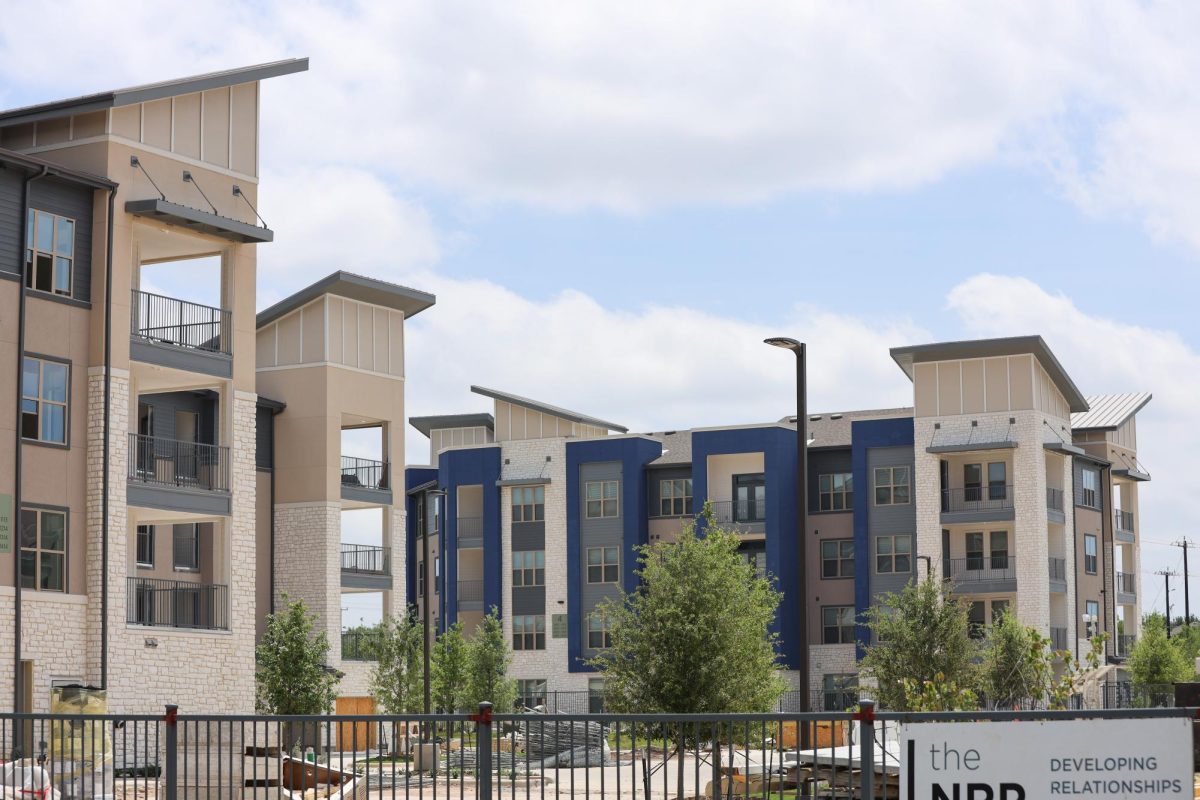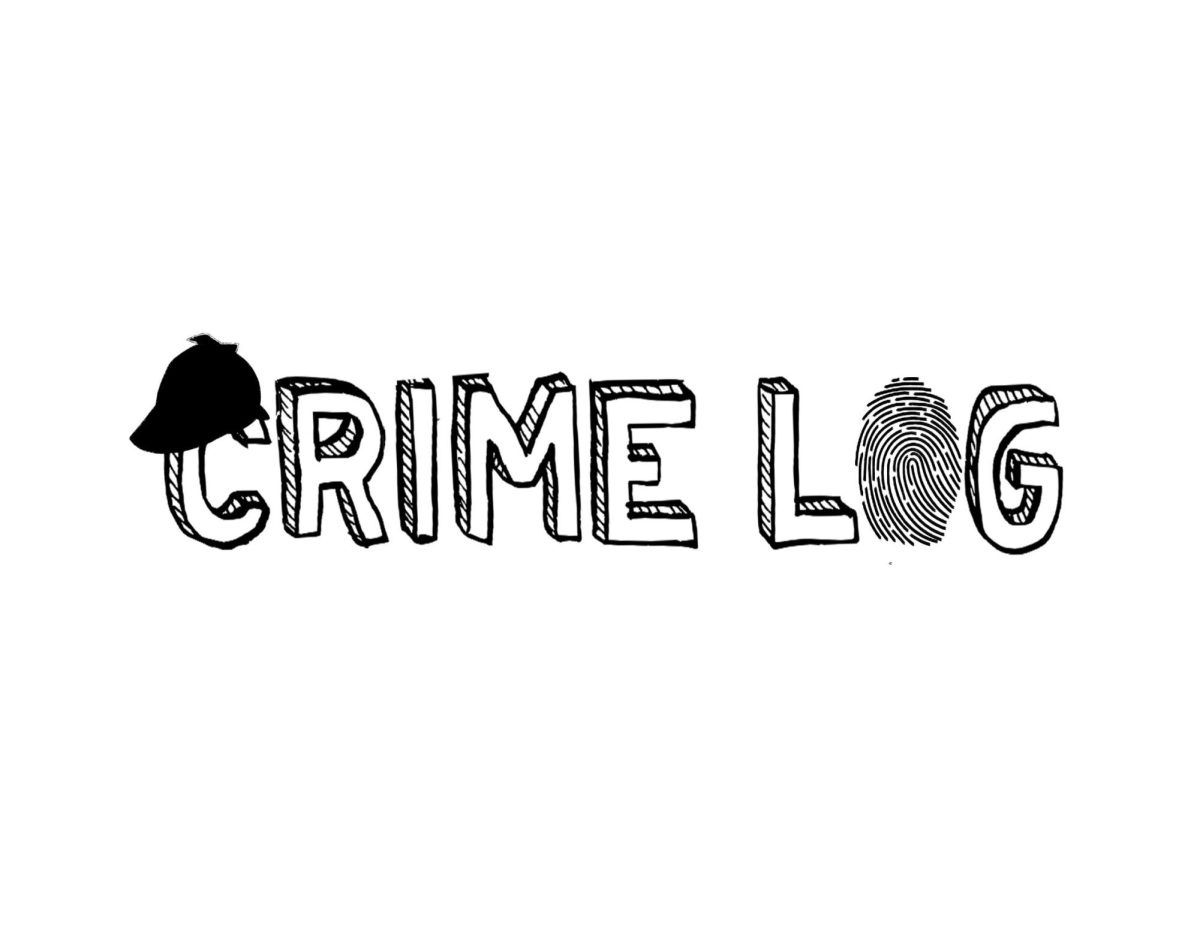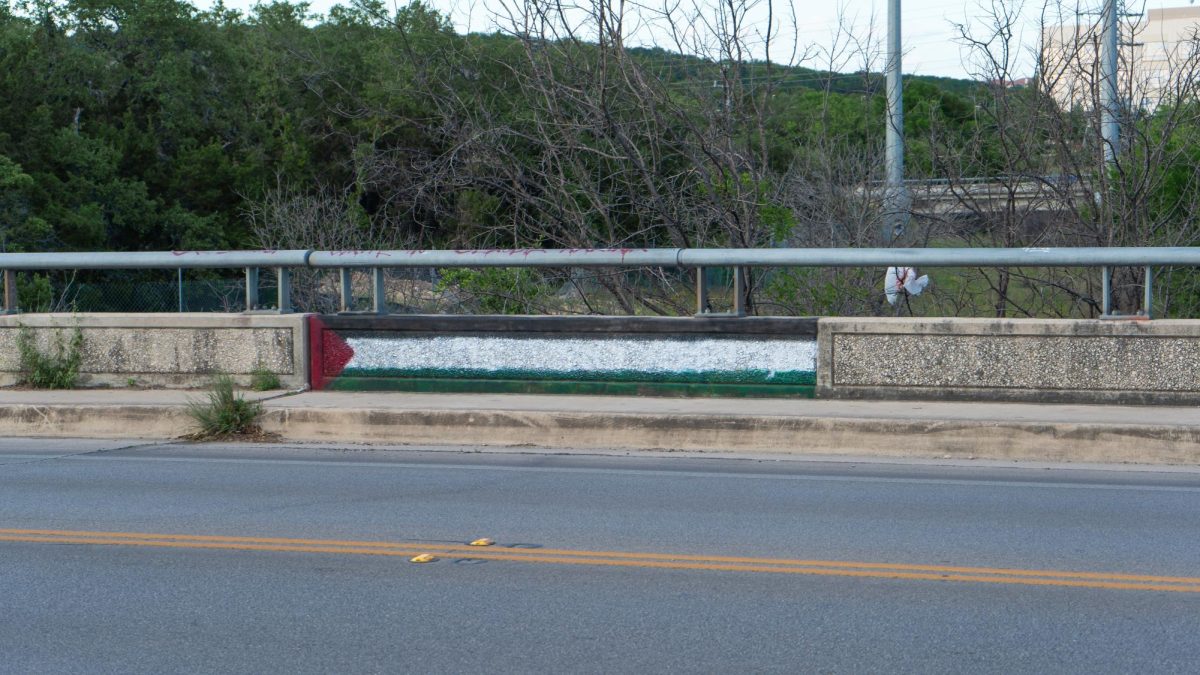Victims of sexual misconduct tweet to identify magnitude
According to RAINN, America’s largest anti-sexual violence organization, every 98 seconds an American is sexually assaulted. Sexual assault affects millions of people across the entire spectrum of socioeconomic and ethnic classes. In a study conducted from 2014-2015, the Department of Justice reported that 80,600 inmates, 60,000 children, 321,500 Americans 12+ and 189,000 military personnel experienced unwanted sexual contact, sexual assault or rape.
In an attempt to bring more attention to the scope of the problem, the #MeToo hashtag has exploded across social media in recent weeks. Originally, the movement was created by Tarana Burke in 2007 through her nonprofit organization Just Be Inc. The movement began as an attempt to help victims of sexual harassment and assault provide perspective on how many people are affected.
The movement was later popularized by actress Alyssa Milano when she posted the hashtag #MeToo on Twitter. The post went viral just days after sexual harassment allegations against Hollywood producer Harvey Weinstein.
“The point of the work we’ve done over the last decade with the ‘Me Too movement’ is to let women, particularly young women of color, know that they are not alone–it’s a movement,” said Burke.
The original tweet had a photo of a note attached that read “Suggested by a friend: If all the women who have been sexually harassed or assaulted wrote ‘Me Too’ as a status, we might give people a sense of the magnitude of the problem.” Milano wrote, “If you’ve been sexually harassed or assaulted write ‘me too’ as a reply to this tweet.”
Looking through the #MeToo posts across social media platforms reveals thousands of people who have experienced sexual assault or harassment. Many people are coming forward with reports of experiencing sexual harassment or sexual assault. The hashtag was retweeted and reposted over a million times two days after the original post by Milano.
According to Talkwalker, the number of mentions on Facebook and Twitter has risen to over two-million; 61 percent of these mentions are from America and 66.2 percent are from female-identifying social media users.
The movement has moved from social media in the past week to include publications from several news outlets including NBC News, which recently posted a video of four female members of the U.S. Senate including Elizabeth Warren (D-MA), Heidi Heitkamp (D-ND), Mazie Hirono (D-HI) and Claire McCaskill (D-MO). The four senators gave their own personal accounts of crass comments and inappropriate conduct from colleagues or co-workers.
Efforts like the #MeToo movement aid in bringing awareness of and advocacy for sexual assault, sexual harassment and rape.Sexual violence has fallen by more than 63 percent since 1993 from 4.3 assault per 1,000 people to 1.6 per 1,000 in 2015, according to RAINN. Awareness brings hope and with it potential for public policy change to reflect the rallying social media cries from victims of sexual crimes.
UTSA and the University of Texas System released a comprehensive report that surveyed 3,000 students. Twenty percent of participants reported having experienced sexual harassment victimization from other students, 12 percent have been victims of stalking, 11 percent experienced sexist gender harassment, 10 percent have experienced unwanted sexual touching, four percent experienced attempted rape and six percent were raped. The same report states that only one in four of these incidents were reported.
According to the 2017 Annual Security and Fire Safety Report, “Anyone who is a victim of any form of sexual assault, domestic violence, dating violence or stalking should immediately call the UTSA Police Department by calling (210) 458-4911.” Reporting these crimes does not mean the victim must press charges or take the case to criminal trial and/or a university disciplinary hearing. A victim may be undecided about filing criminal charges, but it is still important to report to the police, preserve evidence and go to a hospital for forensic collection of physical evidence that may assist in proving that a criminal offense occurred and may be helpful in obtaining a protective order.
Roadrunners are also taking to the web with #MeToo posts advocating for change against the current rape culture. Regarding to her #MeToo Facebook post Jessica Solis, a junior communication major, said, “I posted about the #MeToo trend because I’ve experienced sexual harassment countless times. Seeing other stories with the hashtag made me realize how often this happens, and it pissed me off. I hate how normalized this behavior is, and I felt that if close friends and family can see that it happens to their loved ones, then they will act against it. It takes a voice to make a change, even if it starts with a post.”






